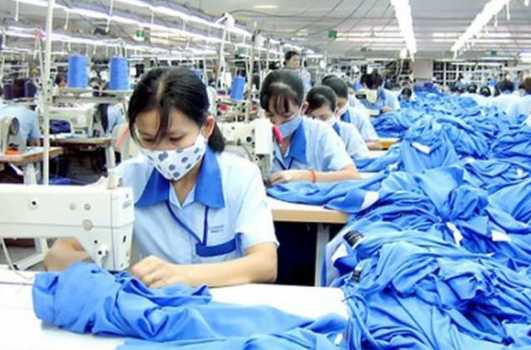Site: Home > Home > News and events
In October, the International Monetary Fund predicted that global economic growth would remain at 3.2% in 2022, but growth could fall to 2.7% or even lower in 2023. The 2022 Trade and Development Report released by the United Nations Conference on Trade and Development points out that rapid interest rate hikes and fiscal tightening in developed economies, coupled with the crisis caused by the overlap of the new crown pneumonia epidemic and the Russia-Ukraine conflict, have transformed the global economic slowdown into a downward spiral, with global economic growth forecast to slow further to 2.2% in 2023. The economy has entered a downward cycle, the residents of textile and clothing demand weakened, Europe and the United States spinning demand has shown weakness, Southeast Asia textile start and export situation has turned poor, the global consumption of cotton still has room for downward adjustment.

A, Europe and the United States spinning clothing demand has shown weakness
The U.S. textile and apparel imports fell for four consecutive months, and imports from China fell even more. 8.82 billion square meters of U.S. textile and apparel imports in September 2022, up 6.2% year-on-year, down 3.5% sequentially, for the fourth consecutive month of decline. The volume of apparel imports was 2.68 billion square metres, down 7 per cent year-on-year and 12.2 per cent sequentially. September imports of textile and apparel from China totalled 2.98 billion square metres, down 23 per cent year-on-year, and amounted to US$3.1 billion, down 12 per cent year-on-year; of which apparel imports to China totalled 930 million square metres, down 28.4 per cent year-on-year, and amounted to US$2.17 billion, down 9.8 per cent year-on-year. Imports fell, mainly due to the decline in the purchasing power of its domestic textile and apparel, leading to the accumulation of inventories, data show that the US wholesalers' apparel and fabric inventories have continued to grow so far this year.
The European Union by the energy crisis and high inflation double pressure, resulting in textile and apparel consumption weakness. France's August retail sales of textile and leather products for 4.05 billion euros (about 4.07 billion U.S. dollars), down 2.9% year-on-year, up 2.4%; Germany's August retail sales of clothing fell 7.9% year-on-year, down 6%, the rate of decline further expanded; the Netherlands in August clothing retail sales fell 6.4% year-on-year, while in July for growth of 11.6%. In addition, the EU will also tighten its tax policy in the future. From 1 March 2024, all low-value goods imported from countries outside the EU will be subject to VAT, and tariffs on imported textiles will be increased from 17% to 30%.
Second, the market is concerned about the situation in the United States mid-term elections
Since this year, the start-up rate of major textile countries in Southeast Asia has declined. By the end of October, Vietnam's textile enterprises will have started to below 40%, Bakis start rate also fell to below 50%, India's textile start rate fell to below 50% after the recent slight improvement, but still located in the two-year low. The main reason is that Europe and the United States textile and apparel demand countries imports decline, textile production countries orders down.

In Bangladesh, 22 garment factories have closed in the past month and another 27 are about to close due to energy constraints. In addition, export orders have shrunk and export demand is estimated to fall by 30% from March to May 2022. In Pakistan, the country's yarn demand is not currently improving and there is a lack of demand in the main export markets. Currently, the country's spinners have likewise reduced their production capacity and are still dealing with inventories. In Vietnam, textile exports have been declining year-on-year since September. In addition, the US Department of Labour has included some yarns from India, Bangladeshi garments and Pakistani textile clothing garments on a list of foreign products produced in violation of international standards for child or forced labour, with exports requiring proof of this, which has put a damper on exports from South East Asia.
Image
So, in the context of the global economic downturn, the world's textile and clothing consumption is facing challenges, Europe and the United States spinning clothing demand decline, the reduction in imports of clothing, leading to a decline in Southeast Asian start-ups, the reduction in demand for cotton, the future of global cotton demand there is room for downward adjustment, the cotton price is a medium to long-term negative impact.
Copyright 2022:Qinsun Instruments Co., Limited
High-end textile tester supplier Email:info@qinsun-lab.com | Textile Testing Equipment pdf | Tel:021-67800179 |